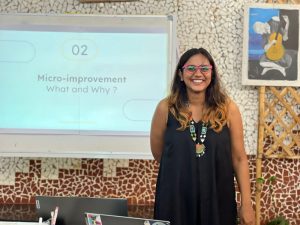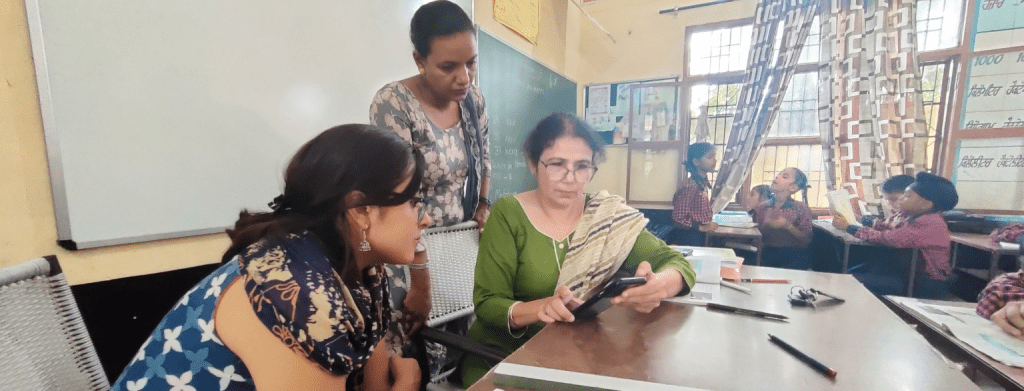Education for a child is the outcome of the interactions that happen between the child, the parents and the school. The two years of the Pandemic have created a big gap in these interactions for millions of children in India. For a child, formal education starts at the age of 3-6 years and goes on till 22-24 years until the person is ready to enter the workforce. Due to the pandemic, along with the learning loss at the primary level, there has been dropout of children at the secondary level and a lack of field exposure for students pursuing higher education – this influences their ability to enter the workforce. There are around 580 million people in India in the age bracket of 5 to 24 years – one of the largest population sizes in the world for whom fulfilling the journey of education from school to workforce is a dream filled with many obstacles.
Although there is some respite with the school openings happening steadily, in order to adapt to the changing needs in education we need to ensure that the delivery of education also evolves in a way that is future-responsive. The rise of multiple technology-based solutions in education is a pointer to the direction that education will take. However, what could be really transformative is when technology is leveraged the platform way to solve the challenges of education at scale, with speed.
Platforms are technology-based multi-sided environments that catalyze the interactions between two or more interdependent groups. For example, Uber and Ola are some of the popular ride-hailing platforms in India that connect riders to drivers. Instagram and AirBnB are other popular platforms that connect people across different needs.
Platforms have a huge potential to change the education sector in the following ways:
♦ Offering Personalized Experience
Students across ages can have diverse learning needs that most often get overlooked in a traditional classroom setting Platforms can provide personalized learning experiences to the learners across ages according to individual learning needs. The use of big data analytics on large sets of user behavior data coupled with artificial intelligence ensures that Platforms curate the perfect learning experience – in terms of content requirements and mentoring needs, etc. for all the learners at scale.
♦ Catalyzing Interactions
In order to cater to diverse learning needs, various actors need to interact and problem-solve together. Platforms enable interactions between diverse actors by sharing data-based insights into the learning and development needs of the learner, and also of the ones who are teaching and managing learning. The mesh of challenges in imparting quality education can exist from the level of the child and go to the level of the State. Platforms ensure that all actors get the opportunity to use contextual solutions to solve the challenges at their level.
♦ Network Effects
Platforms are designed to create value for every individual who is on the platform, this leads to network effects where the more valuable a product/ service is deemed, the more attention it receives from the rest of the network. Value can be in the form of a learner accessing relevant content, a parent having the ability to see their child’s growth and learning of ways to help the child, and for a content creator, it can be that their content is easily discoverable. Positive feedback loops on Platforms enable every actor to make their service/ product visible which can be monetised in the long run. The more the number of actors join the platform, the larger the network effects come into play, energizing further value creation.
♦ Interoperability
Unique platforms can be developed to address unique challenges in education. One can address the need for quality content for the children and the teachers as per their curriculum, while other can address the need for leadership development in the education system, while another can focus on skill-building towards increasing employability or to address the issues related to dropouts and retention. Platforms, when created and designed keeping the principles of interoperability in mind, can ensure that different services designed on different platforms can talk to each other. This in the long-run will ensure that the journey of a child is well-captured, and that no child is left behind.
Platforms hold immense potential in shaping how education is looked at in the coming years. If we want to cater to the millions of children affected by the pandemic in our country, it is really important that we look at solutions that would work at scale, with speed. It is however extremely important to ensure that the platforms keep evolving as per the real needs of the actors and certain rules of governance are established that ensure that the platforms are not abused, rather are benefitting the overall ecosystem through its services.





